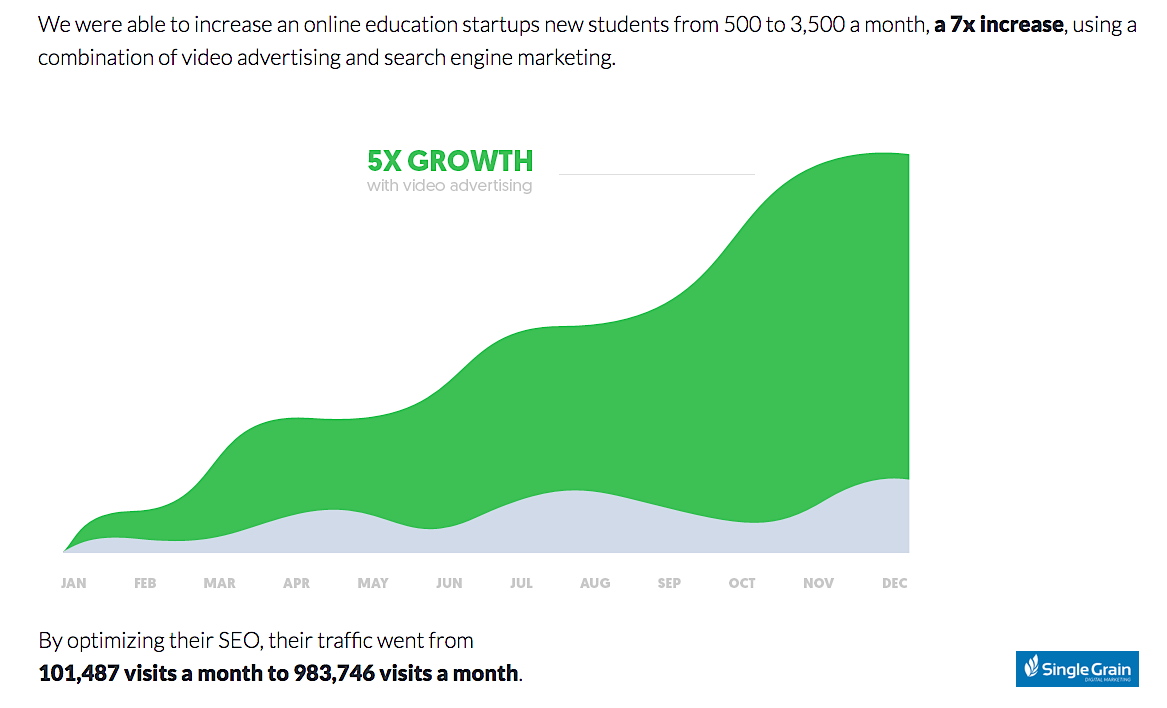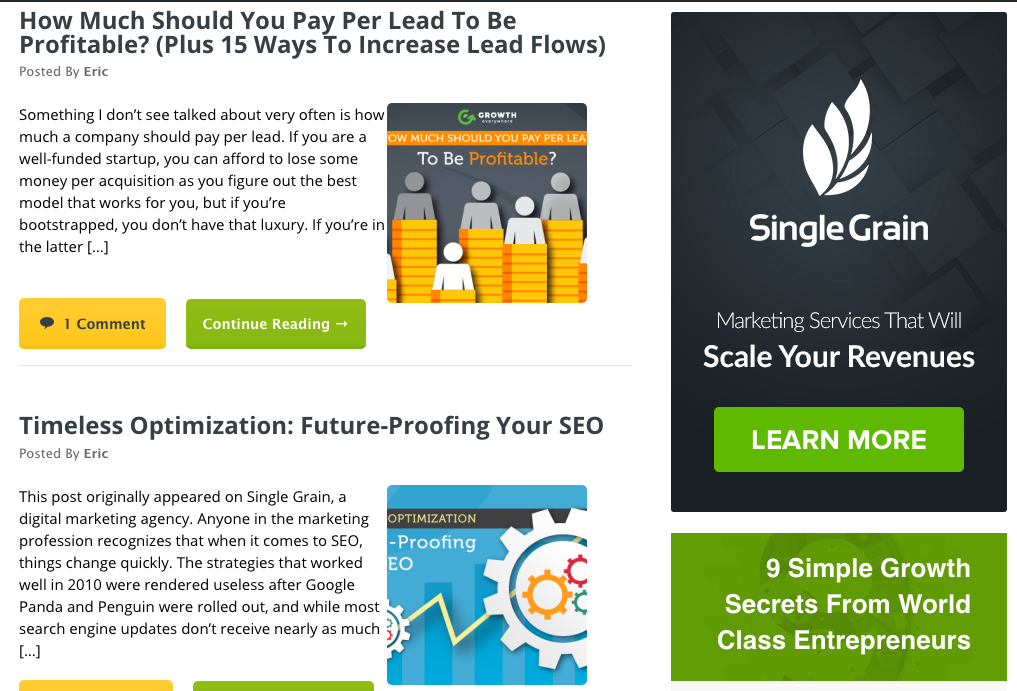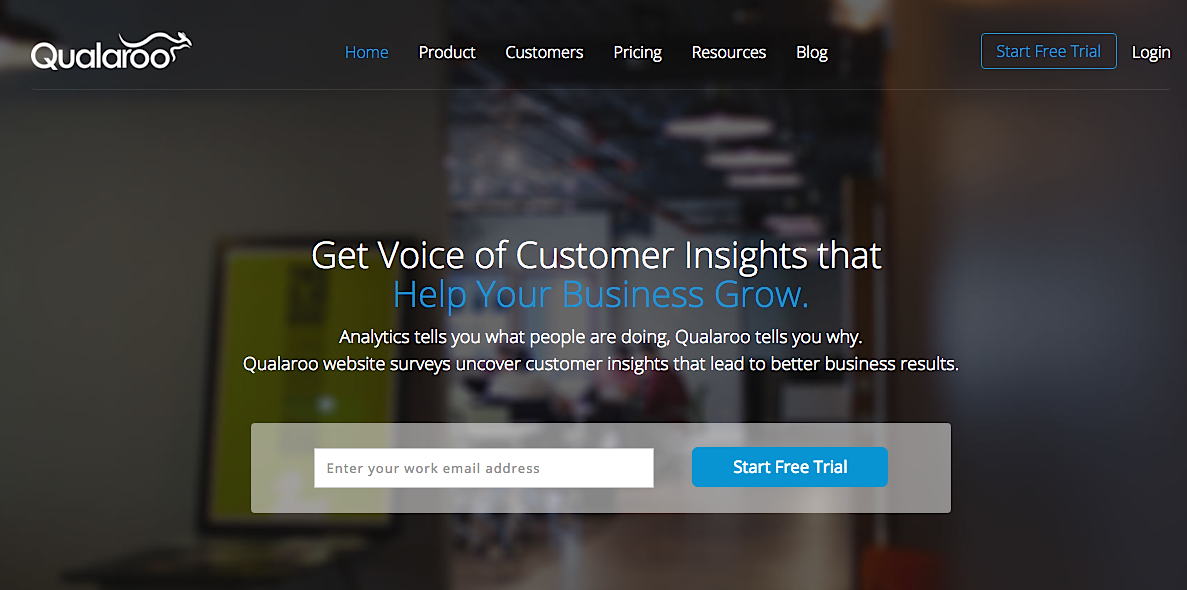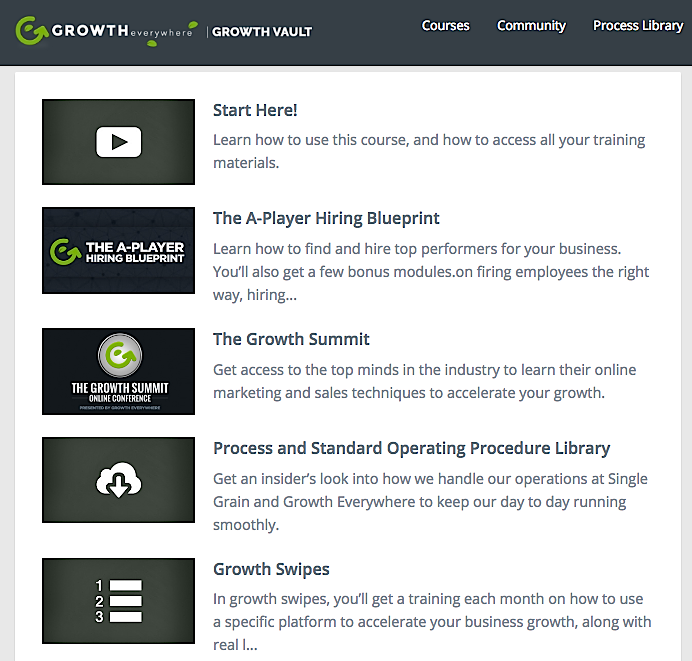When it comes to monetizing a blog, especially if you don’t have a product but you do have an audience, you have to look into the highest-ROI solutions. This could be affiliate marketing or performance marketing.
Affiliate Marketing Links
Let’s say you have a health blog, for example. You can go to a site like Click Bank, look for people who are selling health information products, and push it to your website. Whether it’s getting people to opt in and pushing them to different products or an exit popup or a banner on your site, you can collect $20 to $30 bucks per sale, or even more depending on the type of offer you’re pushing.
Aside from Clickbank, there’s also CJ Affiliate by Conversant (formerly Commission Junction), ShareASale, and a lot of different providers out there. You can even use one called SkimLinks, which finds the right offer for you and helps you put affiliate links across your website. Keep in mind, you want to look for high-quality offers, not just any random nonsense you can make a buck on.
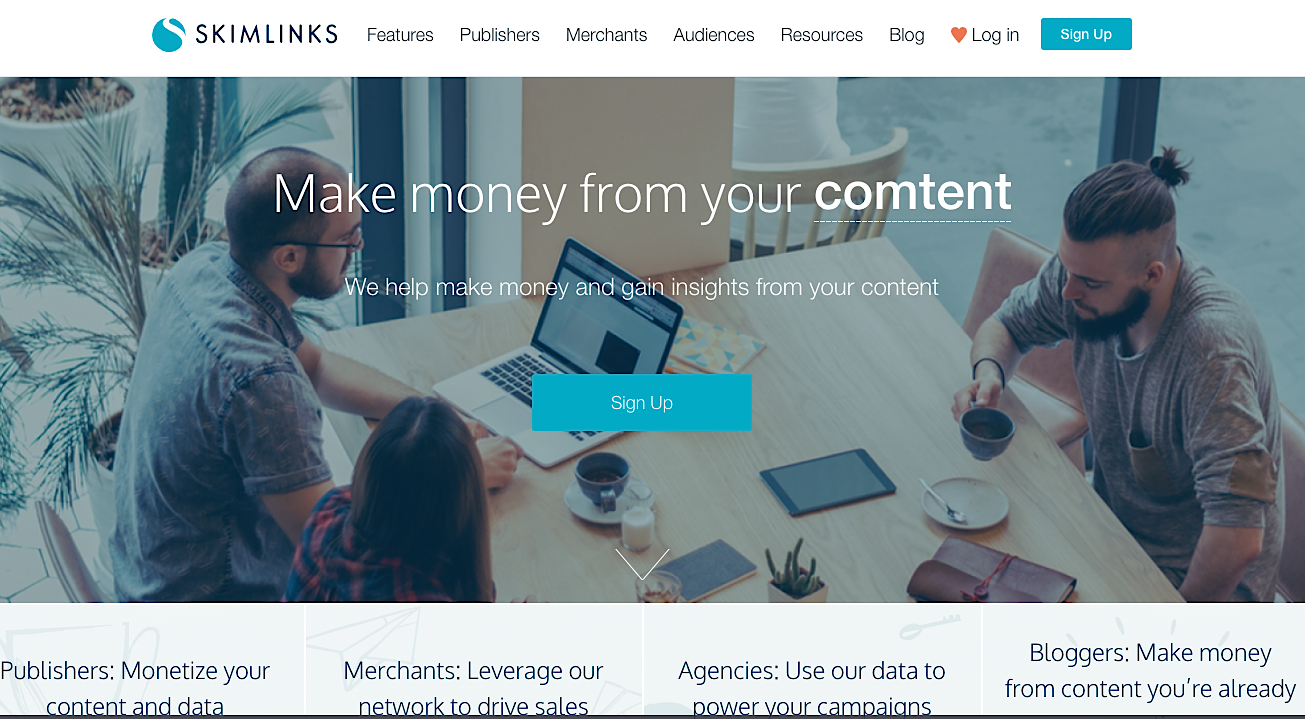
This is a pretty good way to make an easy buck with your website. However, some people believe that you shouldn’t go after affiliate ads at all because they usually pay the least amount. In the short run, it may seem like it’s great money, but in the long run, and it doesn’t matter if you’re using AdSense or a direct ad sales team, you’ll make the least amount of money from ads.
Collecting Emails (AKA the Money’s in the List)
So, when I’m starting a new blog, what I like doing to monetize it is just start collecting e-mail addresses. Have you ever heard the saying “The money’s in the list”? Well, it couldn’t be more true. The more e-mails you have, the more money you’ll make in the long run.
Learn More: How to Get More Responses From Cold Emails
So collect emails. Because if you want to create your own e-book and then sell it, or if you want to sell a course or push an affiliate product or offer, you can do it. You just blast out to your very valuable e-mail list. It’s going to be your highest-converting channel.
Collect e-mail addresses so you can continue to market to those highly qualified leads with new products, services and offerings.
Make 7 Figures by Creating Courses
In recent years, courses have been continuing to blow up and you can see a lot of these online education companies popping up. SkillsFuture and Lynda are big ones, and there are offline ones like General Assembly.
There are a lot of people out there doing seven figures a year just making courses. And it’s really not that difficult to produce your own course, provided you have the right expertise.
Let’s say you’ve been blogging for one or two years and have a healthy e-mail list, and you’ve sold e-books as a low-dollar offer, say $7 to $20. At this point you should start to consider courses. You can move into charging $500, $1,000 or even more than that for a course because the knowledge that you have is specialized. And you have audience out there that’s looking for your stuff.
And that’s where you can make a lot more money versus just selling Google AdSense on your site. If a lot of people are running ads on a website, it tells you they’re making a lot of money from that site, so that’s also something to look out for when you’re coming up with ideas as well.
Build Up Your Audience Before You Sell to Them
No matter what you do to monetize your blog, don’t be too aggressive at the beginning. You want to build up your audience first before you try any sort of monetization or else you risk turning them off. When you have a loyal audience, they’re much more likely to buy whatever it is that you’re offering.
Keep in mind that you don’t have to monetize through traditional channels. It doesn’t always have to be advertising, selling courses, etc. One of my favorite strategies is to just collect leads. Let’s say you write really good content, and you offer some sort of service, like web design, marketing, legal services, auto insurance, life insurance, whatever. If you have extremely good content that people love reading, you can create some lead pages for your blog, and within those lead pages you can start dialing up the leads that come in and try to close them.
Related Content: LeadPages CEO Clay Collins Talks About How To Ramp Up Your Conversion Rates (Up To 75%!) [podcast]
You can also put banners throughout your content. Keep in mind, though, that people are going to your blog for the free info you’re giving them. If you have editorials or your own consulting services, add just one or two of them to each page or blog post. That will help bring more traffic to the lead pages without offending anyone.
You can also put an ad within your sidebar that scrolls with people as they keep scrolling down, or a sticky ad that stays on top. Again, this isn’t a real ad—it just leads to your own product page or lead collection page.
So if you just do those simple things, your consulting page will get a lot of traffic and a portion of those people will convert into leads. Then you call ’em up and close the ones that are relevant!
Don’t Think About Monetization at First
A lot of people who are thinking of creating a blog or venture capitalists who want to pour money into startups want to see quick returns. They know it might take seven years to get a return, but they want to speed things up. That’s why a lot of startups throw a lot of money into paid advertising, because it’s immediate gratification.
But here’s the thing: when you’re starting a blog, you shouldn’t think about monetization first. You should think about how much value you can provide other people. You should build your audience first by focusing on collecting leads.
On Growth Everywhere, we didn’t try selling our audience anything until maybe a year and a half in, or maybe even longer than that. We just kept growing the audience and offering them valuable blog posts and in-depth podcast interviews of successful entrepreneurs.
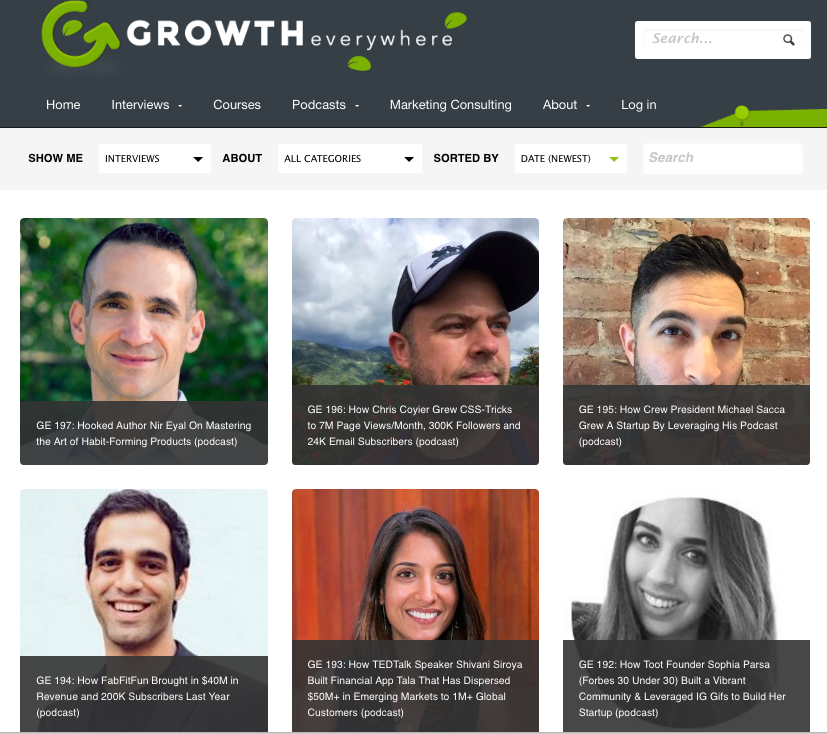
Eventually I had people to e-mailing me to ask when I would start selling them things! I think that’s a pretty powerful concept, because it means they’re ready to be sold to. So, building your audience first to the point where they trust you, that’s the hardest part. After that, figuring out what to sell exactly is the easier part, I think.
You can survey your audience with tools like SurveyMonkey or Qualaroo to find out what problems they’re facing, and once you have a list of problems, you can look at how to solve them.
Let’s say your audience tells you: “I can’t get a lot of traffic to my website and I don’t have any money.” Then you can say to them, “Hey, if I create a course on SEO, would you be interested in it?”
Learn More: Effective SEO Techniques that Work in 2017
And then from there, if you’re getting a lot of people saying yes, you can survey them again and say, “What would you pay for a course that teaches you how to get traffic to your blog or your website without paid ads?” And then you have a rough idea of what they’re willing to pay.
Keep in mind that just because they say they would pay $100 doesn’t mean they actually will. But it still gives you a rough idea of what they want and what they’re willing to do, versus you just blindly spending time trying to monetize, and if it doesn’t work out you just wasted a lot of time and you don’t know what went wrong.
Here’s one more thing that you can try. A couple months ago, we experimented with this thing called the growth vault, which is kind of a compilation of online courses that we have. What I basically did was send an e-mail to my list saying, “Hey, we don’t have this course out yet, but here’s what is included and, if you send me $199 right now, you’re going to be locked into lifetime pricing.”
And just by doing that, we’ve pushed over twenty sales from that one e-mail. So that’s something to consider, if you do have an e-mail list already. Get people to commit before even doing anything.
This post was adapted from Marketing School, a 10-minute daily podcast in which Neil Patel and Eric Siu teach you real-life marketing strategies and tactics from their own experience to help you find success in any marketing capacity.


